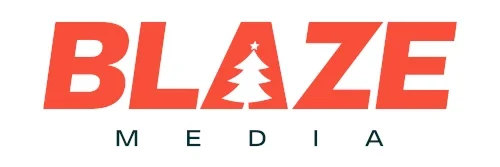If you’re wondering how to calculate your PPC budget, then there are a few things you need to consider and some tasks to undertake before you even begin considering how much to spend.
Any form of advertising can be seen as a gamble, and you want to do all you can to reduce the risk and maximise the return on your investment. PPC is no different, you need spend some time understanding the methods and purposes of PPC advertising before you begin, knowledge is power after all!
Back To Basics
Before we get down and dirty and talk money, a quick intro to PPC for those of you who aren’t too familiar with it.
PPC stands for pay-per-click, a strand of digital marketing where you pay a fee every time someone clicks on one of your ads. Put simply, you’re buying visits to your website rather than collecting them organically (through SEO etc).
Google Ads is THE most popular PPC system in the world, and it allows you to bid for ad placement in a search engine’s sponsored links. These show up when someone searches a specific keyword related to your business, product or service.
Basically, every time a search is initiated, Google dives into its ocean of advertisers and chooses a set of winners who appear at the top of the search engine results page (SERPs). These winners are picked on a variety of factors including the quality and relevance of the ad campaigns, combined with the size of bids (how much you are willing to spend).
At Blaze Media, we’re a results-driven PPC agency with years of experience helping businesses grow online and part of our remit is to provide free content(like this) to help you understand different aspects of marketing.
So that’s what PPC is, but there’s still some work to do before you begin to calculate how much you should/could spend.
What’s Your Niche?
All bids aren’t created equal, you can spend anything from a few pence up to hundreds of pounds per click – yes, per SINGLE, click depending on how competitive your industry or niche is.
So, your first job is work out:
- What is the level of search volume?
- What is the average cost per click?
When you’re looking at comparisons, you need to look in the same sector, it’s no good comparing budgets for selling wall prints against those of divorce lawyers because they will differ greatly in search volume and price of a click.
Help is at hand though – you can use the free Google Keyword planner to find the most up to date cost-per-click estimates and search volume within your industry.
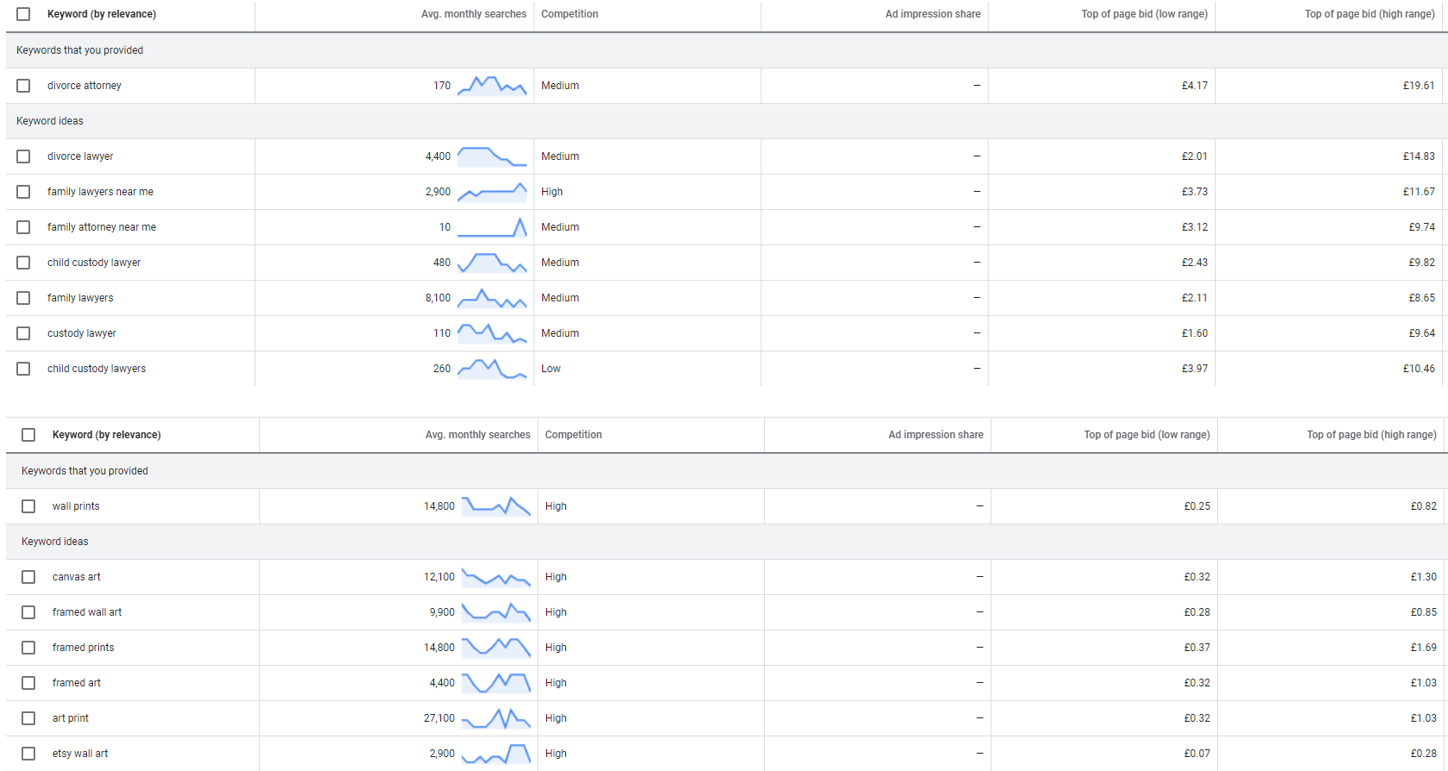
Is Your Website Up To Scratch?
You might love your website (and we hope you do) but if it isn’t optimised and easy to use then you’re backing a loser from the get-go.
The layout of your website or landing page can make or break a campaign so do some research into your competitors and see how they differ…do they have plenty of call to actions, are their forms quick and simple to complete, is the content relevant to what you’re advertising?
If a competitor is regularly spending money on advertising, then there’s a good chance that what they are doing is working so take notes of the key features and adapt them.
What’s the customer experience (UX) like? Is the site easy to navigate, does it load quickly, are there dead ends or links that don’t work?
Monitoring these statistics is relatively easy, just download the free Google Analytics onto your website.
Remember, you can spend thousands of pounds on Google ads (if you want) but if your site isn’t up to scratch then you may as well chuck your money down the loo!
It’s the job of the advert to get people to click onto your site, but the website needs to convert that traffic into sales!
What’s The Deal?
Shoppers are savvy. They will shop around to get the best deal or the best service. That means you need to be competitive on price or offer something really special to hook them in.
Spend some time researching (and then spend some more time researching) your industry competitors. What have they got to offer…and how can you compete?
Are you cheaper? Is your service better? Are you more local? Do you have a social bias? You need to give people a reason to choose you over what others are offering.
Look at how others are spending their money and learn from them.
Calculating Your PPC Budget – OPTION 1
Use The Google Ads Keyword Planner Forecasting Tool.
If you go to Google Ads and then go to the keyword planner, you will find an option call ‘get search volume and forecasts’ – this will give you estimates on search volume using historical metrics.
You can then upload multiple keywords to get estimates for your own forecasts. Take a look at the example below.
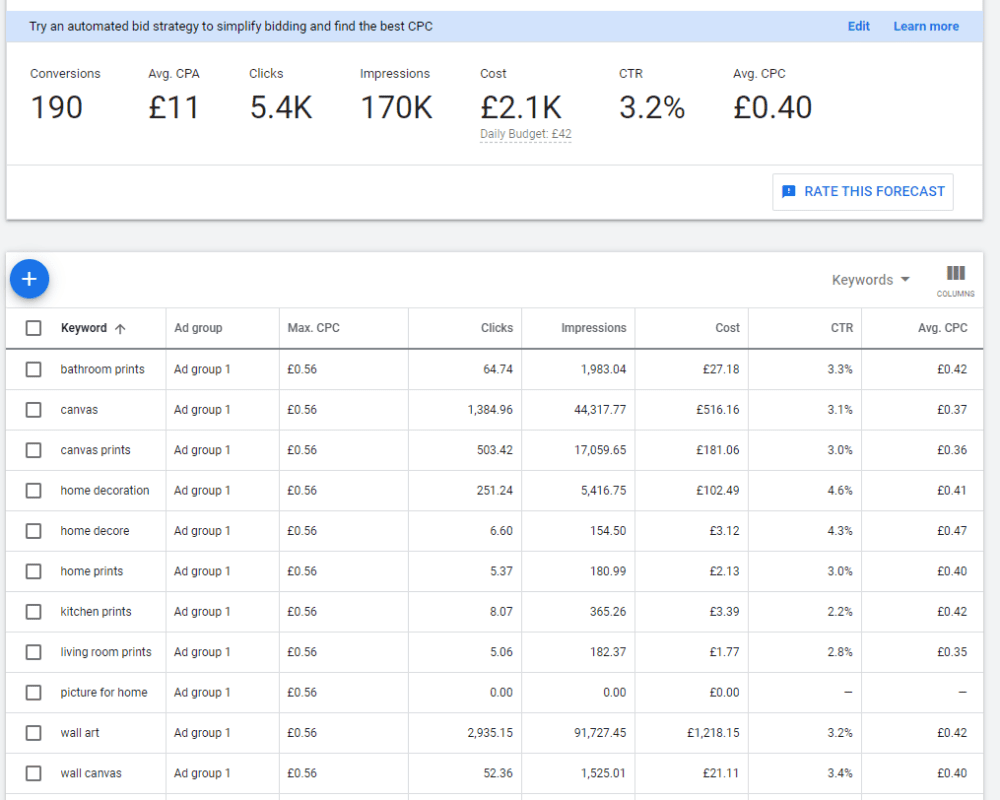
We entered some keywords related to the home decor and wall prints sector, setting the forecast to show for the next quarter.
Google predicts that we could reach a sale for every £11 we spend with a £2.1K monthly budget (that’s £42 daily) – clever huh?!
Remember though, these are just estimates and your performance could be greatly improved with proper management, and could perform worse with poor management!
Calculating Your PPC Budget – OPTION 2
Manual Approach To Budget Planning.
If you’d rather go down the manual approach to work our what your PPC cost will be, then you need to know (and understand) some important metrics within your business.
- How much is a customer worth to you?
- What is their lifetime value?
- What is your close rate & conversion rate – how many leads do you need?
If you know a customer is worth on average £2500 to your business then how much are you willing to spend to land their business?
For example, if it’s £700 (after your overheads), then for every £700 you spend on your marketing, you have to acquire one customer for you to be breaking even on your advertising spend.
On average, for every 10 leads that comes into your business, you close 1 of them. This can be improved by optimising your site through split testing landing pages.
A bit of simple math now – if we divide £700 by 10 it gives us £70 (clever us) which means our Google campaign has to generate one lead for every £70 we spend.
Now you have these core metrics you can multiply them up, so if your goal is land 5 deals in one month then you need to generate 50 leads.
If it costs £700 to now acquire 10 leads for 1 deal, then our spend to land 5 deals would need to be £3,500 in a month.
With a well-structured campaign, constant testing, good keyword research, an optimised website and a good offer, we can actually reduce that cost per acquisition.
Additionally, if you know your industry is great for repeat customers, then consider how much acquiring that customer means to you?
If you deliver a fantastic service, that person may come back to you again or tell their friends about you. Your customer has now used you again and brought you two new customers for free. This is why knowing the lifetime value of your customers is so important.
Google Trends
It would be madness not to mention Google Trends if you have a product or service which fluctuates over the seasons.
For example, if you sell bikinis then you would look to increase your advertising budget around March and then peak in the summer and lower again around August – think demand v supply.
When the temperatures start to soar there’s far more demand for them than there is in January, this means raising your stakes to match the demand and bring in the supply.
Here’s an example of just that:
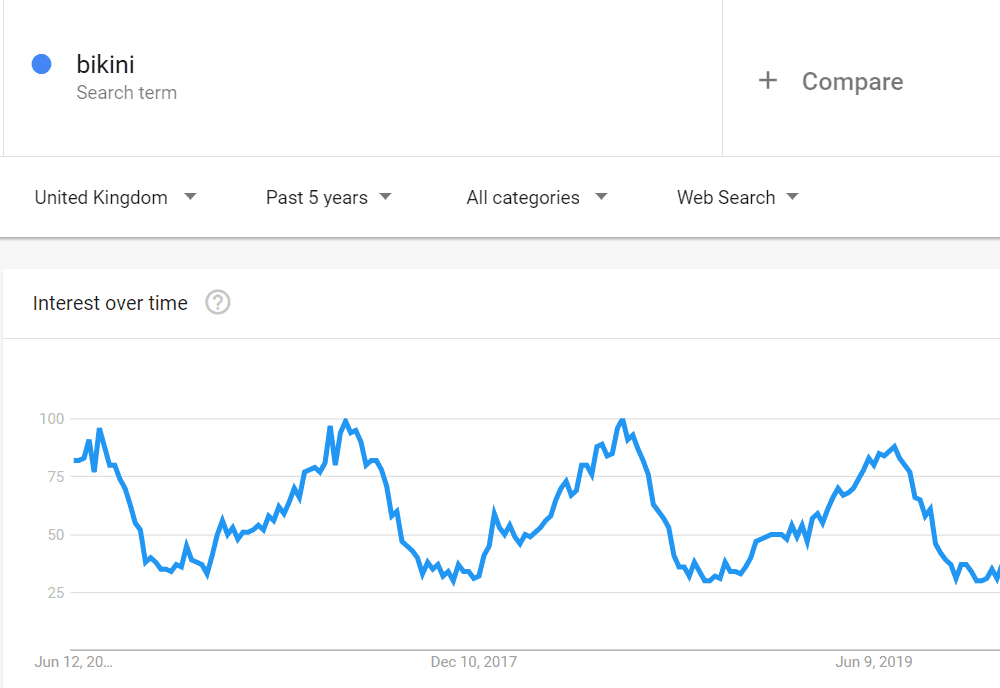
Just a note to emphasise the importance of look at this over a 5-year time frame so you can make sure it’s repeating pattern and not a blip caused by a particularly cold Summer or the effects of something like the COVID-19 pandemic where holidays were put on hold.
The pandemic disrupted all of our lives and caused chaos across a lot of industries upset seasonal trends that have been in place for years.
On the plus side, you can use Google Trends to explore exciting new revenue streams or business ideas. An example of this is hot tub hire which really took off while we were all locked away at home.
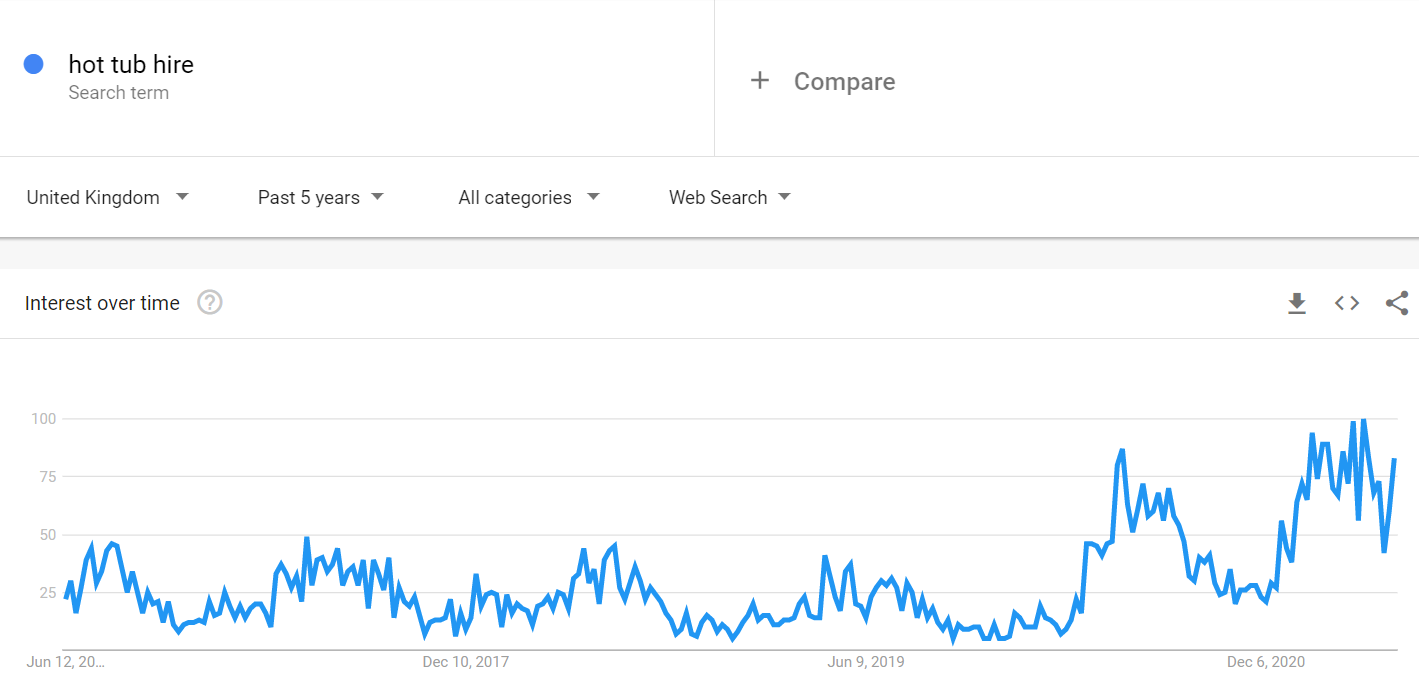
Using Google Trends isn’t just for service-based businesses, product based businesses can also benefit.
If you run, or are considering setting up, an ecommerce or dropshipping business then you can seek inspiration online.
One product that has taken off over the last year or so is LED light rings – mainly thanks to the rise in popularity of TikTok and Reels and the increased reliance on video content in marketing campaigns.
You can see the steady increase since September 2019 in this graph.

So there you have it, a quick guide to calculating your PPC budget, it’s time to get the calculator out and start working out how much you need to spend to make your mark in the world of search engine advertising. If it all seems a bit much and you’d rather slip into a bikini, slide into the hot tub and break the internet with your new LED light ring, then we can help…get in touch with us now to find out how we can help you increase the number of leads you get into your business.
